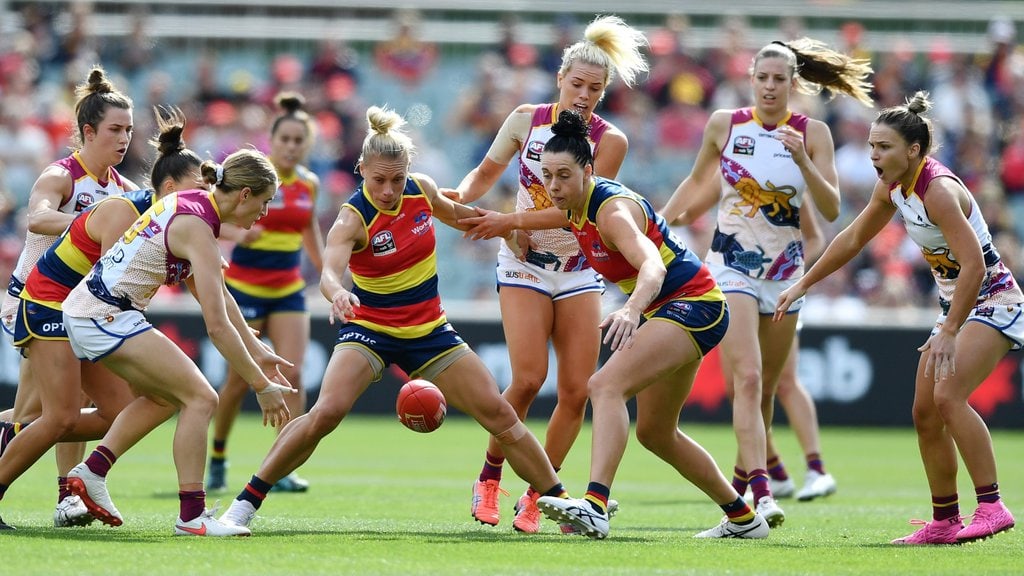
Nico Rosberg’s racing legacy will span generations, rooted in his father Keke’s Formula One triumphs and Team Rosberg’s ventures across Europe. While following his father’s path, Nico carved his success—clinching the F1 World Championship in 2016 and steering Rosberg X Racing into the realm of electric motorsport and the Extreme E series.
The F1 driver has gone through a lot, from a shocking F1 retirement to managing his racing team, and the whirlwind of opportunities that awaited him post-helmet hanging. Here’s a closer look.
Owning a Motorsport Team
Nico Rosberg’s journey into owning a motorsport team wasn’t a childhood dream—it was more of an organic evolution. Growing up, he witnessed his father’s passion for racing and team ownership in the Touring Car Championship. That fascination lingered, weaving into Nico’s own ambitions, like delving into Formula E, an electric single-seater championship
However, the immense commitment and financial hurdles posed challenges. Instead, he chose to invest in the championship itself, gearing up to make an impact differently. An unexpected opportunity emerged in the form of Extreme E—a perfect fit for his ambitions. The stars aligned, paving the way for Rosberg X Racing.
A Shocking Retirement
Rosberg shocked the world when he announced his retirement after sealing the 2016 Drivers’ World Championship. Since then, he’s maintained ties to the racing world through ventures like his race team, Rosberg Philanthropies, and the Greentech Festival. Amid this shift, diverse opportunities knocked at his door, offering intriguing prospects beyond the racetrack.

These include an offer to drive in Formula E and an unexpected role as a coach in Germany’s Next Top Model. However, the driver turned down both offers, focusing his energy on his other ventures.
Life After F1
Nico Rosberg’s life after bidding farewell to Formula 1 has unveiled a captivating journey of newfound freedom and family-centric pursuits. Embracing a more relaxed lifestyle, Rosberg relishes the autonomy to choose his destinations and schedule—a liberty that eluded him during his racing career.
Meanwhile, for Rosberg, the tennis court serves as both a sanctuary and a playground, offering a cherished pastime in his post-racing life.
The Development of Women’s Football Has Been a Century-Long Revolution

The spirits of hundreds of female players of Australia’s national sport will be rising with Collingwood ruck Emma King when she leaps to touch the ball against Carlton. The Australian Football League Women’s (AFLW) league, which begins with eight teams in a compressed season, kicks off with the game. The AFL calls the initiative a “revolution” that will alter the game “forever.” However, the historical context of the AFLW’s establishment has received little recognition or understanding to date.
The First AFLW Game
The rapid implementation of the competition, the level of public support, the breadth of the player skill pool, and the potential caliber and attractiveness of the female game, which will be played 16-a-side with slightly altered regulations and a smaller ball, have all been questioned by AFLW skeptics. However, a remarkable change in Australian sport has included the women’s code. There is a growing admiration for the accomplishments of women in sports, including netball, cricket, and horse racing. Additionally, more and more alluring financial, sponsorship, and broadcast agreements are being established.

The first AFLW game was moved from Olympic Park to Princes Park because of increased interest, allowing more spectators and fans to attend. Public awareness continues to rise due to the strength of clever AFL branding and marketing strategies and beneficial mainstream media coverage.
Additionally, a flood of encouraging social media campaigns have been launched by clubs, teams, players, and independent supporters eager for an innovative endeavor in women’s sports. The AFL administration has just belatedly bragged that women first participated in a competitive set of games in Perth more than a century ago. Since then, they have competed in countless competitions all around Australia.
The History of Women’s Football
A rich and intriguing picture of the women’s game is painted by the astonishing anecdotes and data that primary sources have produced. In 1929, an Adelaide Oval women’s football game attracted more than 41,000 spectators. During the Second World War, women who worked in steel mills, farms, and munitions factories also participated in football fundraisers; teams in Broken Hill were known as the “Spitfires” and the “Bombers.”
The women’s game had been practiced in more than 20 Tasmanian communities by 1950. When sides also developed in Darwin and Alice Springs in the 1950s, a four-team competition was even held in Brisbane. In Victoria, women’s football was also characterized by tribalism. In contrast to other states where women’s teams developed from rural communities and businesses, female teams in Victoria were connected to established clubs practically from the start.

In the inaugural match in Melbourne in 1921, one team wore St. Kilda gear, breaking another custom that women play in skirts or dresses. The Richmond women’s football team competed against male opponents in 1923 to generate money for the junior squad’s overseas trip.
The Carlton and Richmond football clubs organized a women’s football game at Princes Park in 1933 while Melbourne was still suffering from the Great Depression. The event was held in support of charity. Young girls, older women, and women in between flocked to Carlton recruiters, anxious to don the Blues’ guernsey.
As top netball players and track and field competitors went to train with the Carlton team, led by veteran player Micky Crisp, officials from other sports expressed their disgust. There were a lot of people there, and a Cinesound newsreel featured the game.